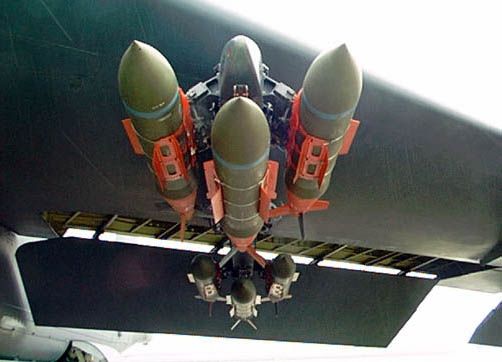gambit
PROFESSIONAL

- Joined
- Apr 28, 2009
- Messages
- 28,575
- Reaction score
- 148
- Country
- Location
Do you mean the lowest RCS average?In your opinion what is the least achievable RCS for a fighter like JFT. Just a wise guess would help.
An aircraft's shape is very much like the simple plate. View edge on, the plate have the lowest RCS. View on either side, the plate will have the highest RCS values.
The aircraft departs from this simple shape by its accessories, such as engines, cockpit and so on. Each accessory contribute in varying degrees to each aspect angle: front, top, bottom, rear and the sides. For example, to the front aspect, the cockpit as a contributor is higher than when view from the rear aspect and none at all when view from the bottom (underside) aspect.
So when we are dealing with as complex a body like an aircraft, the goal is to achieve the highest measure of RCS control PER aspect at the absolute views, meaning directly front, directly top, directly bottom, directly side, and directly rear. Then we begin to increase the deflection angles for each aspect, meaning instead of direct front, add a few degrees off-angle and see how the signals deflects then interact with other structures nearby. We do this over and over again until we can no longer influence how the signals behave in terms of deflections and interactions.
If the customer deems the results unacceptable, we starts all over with a new design. Not a new shape because of the current technology, the overall shape is still the plate. It is the dirigible that have a different shape -- cylinder. With 'stealth' the overall shape is a blend of the plate and the ogive. The F-117 is the exception because it was pretty much an 'exploratory' venture into this realm with its triangular angled faceting method. Some have called the F-117's shaping closer to the pyramid than the plate.
Note I say: 'highest RCS control'. Not 'highest RCS'. The greater the ability to influence the behaviors of deflections, the higher the measure of control, which equals to the lowering (hopefully continually) of the final RCS value.
I know people would like to see simple answers but the unfortunate truth is that there are very few in this area.
The first VISUAL cue for anyone to conveniently call any of the current design a '5th gen' or 'stealth' or 'stealthy' is the internalization of weapons, or as I call them 'doo-dads'.If possible for you to answer, may I request to know what makes Russian PAK-FA a stealth if they are not using serpentine or any similar intake system? Does that means PAK-FA will have an extremely high RCS at some angle?
In fact, the words 'internalization' or 'internalize' are neither precise nor accurate. But they are reasonable enough that even radar engineers uses them.
Missiles and bombs are complex bodies. They are complex because of the blending of many simple shapes into one complex body. We have the cone for the nose, the cylinder for the fuselage, and the plate for the fins. The more these simple shapes are exposed to radar bombardment, the greater the detectability of these doo-dads, which in turns contribute to the overall detectability of the parent aircraft.
The word 'enclosure' is the more precise and accurate descriptor for the denial of radar detection of these doo-dads. If we enclose them in a pod and hangs the pod off the wing like how some wanted for the 'stealthier' F-18, we removed a lot of deflectors but also created a new one and it is larger to boot. With appropriate shaping measures, the weapons pod will have a lower radar obserability factor than a cluster of weapons, like this EM mess...

But the pod itself still constitute a doo-dad.
So we enclose the weapons into the aircraft's body itself to remove any additional EM radiators completely. Hence the words 'internalization' and 'internalize', which is referencing the aircraft itself. Whether we enclose the doo-dads into a pod or the fuselage, we incur a cost, technical and financial, on how to dispense them -- quickly and safely. But that is another issue.
The second VISUAL cue that anyone can conveniently call a current design as '5th gen' or 'stealth' is the twin canted vertical stabs. The B-2 have none. Am confident that a lot of members here know what that mean for RCS so I will not go into the technical details.
After these two visual cues, anything said about the 'stealthiness' of the aircraft is pure speculation and I have no problems applying that to the American F-22, F-35 and the B-2 as well and no one on this forum is a greater proponent of 'stealth' than I.
The reason that it is problematic and pure speculation is that we, meaning the aviation world at large, have no accepted official standard for what is radar 'stealth'. We have the clean F-16 to serve as an unofficial standard but that is the extent of it and any country that flies the F-16 can conduct its own tests. The public does not know what the F-117 look like on the EM front and it is retired.
So in my opinion, we need two items:
- A reasonable standard for radar 'stealth' that is beyond what the F-16's data can tell us.
- The complete isolated anechoic EM testing data for the target aircraft.
We can dismiss the second item immediately (for now) because no one is going to release that data. So without the second item, the first is irrelevant.












